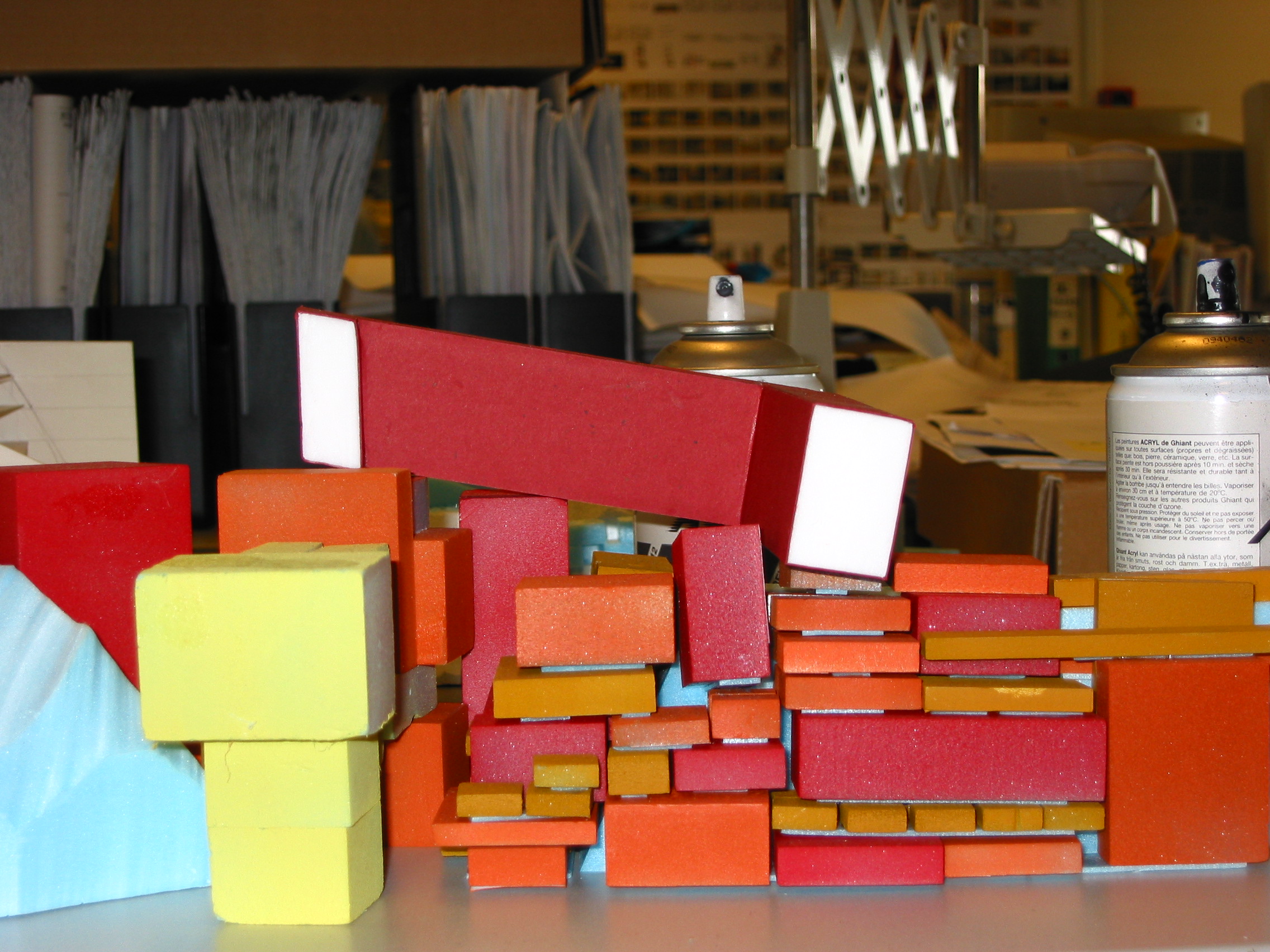See Akiko Busch, The Art of the Architectural Model (New York: TMP Design Press, 1990); Catherine Clarisse, Ma quete d’architecture: Maquettes d’architectures (London: Elsevier Publishing Company, 1993); Hans Reuther and Ekhart Berckenhagen, Deutsche Architekturmodelle: Projekthilfe zwishen 1500 und 1900 (Berlin: Deutscher Verlag fur Kunstwissenschaft, 1994); Meinhard von Gerkan, ed., Idea and Model: 30 years of Architectural Model (Berlin: Ernst & Sohn, 1994); Karen Moon, Modeling Messages: The Architect and the Model (New York: The Monacelli Press, 2005).
See Tom Porter and John Neale, Architectural Supermodels: Physical Design Simulation. (Oxford: Architectural Press, 2000).
See Heinrich Klotz, Filippo Brunelleschi: The Early Works and the Medieval Tradition, (New York: Rizzoli International Publications, 1990).
Busch, 1990
See Leon Battista Alberti, On the Art of Building in Ten Books, trans. Joseph Rykwert, Neil Leach, and Robert Tavernor (Cambridge: MIT Press, 1988).
See Margaret Richardson, “Model Architecture,” Country Life 21 (1989): 224–227.
See Henry A. Millon, “Models in Renaissance Architecture.” In: Henry A. Millon and Vittorio Magnago Lampugnani, eds., The Renaissance from Brunelleschi to Michelangelo: The Representation of Architecture (New York: Rizzoli, 1994), 19–75; Paul Bonfilio, Fallingwater: The Model (New York: Rizzoli, 2000).
See Donald A. Schön, The Reflective Practitioner: How Professionals Think In Action (New York: Basic Books, 1983).
See Edward Robbins, Why Architects Draw? (Cambridge, Massachusetts, London, England: The MIT Press, 1994); Robin Evans, “Architectural Projection.” In: Architecture and its Image, Eve Blau and Edward Kaufman, eds. (Montreal: Canadian Center for Architecture, 1989).
Interview with Kevin Daly, kdA, Los Angeles, USA, March 19, 2021
See Albena Yaneva, Architecture After COVID (London: Bloomsbury, 2023).
See Albena Yaneva, “Scaling Up and Down: Extraction Trials in Architectural Design,” Social Studies of Science 35, no. 6 (2005): 867–894; Jennifer Whyte and Boris Ewenstein, “Editorial: Visual Practices and the Built Environment,” Building Research and Information 35 (2007): 3–5; Peter Bertram, The Makings of an Architectural Model (Copenhagen: Kunstakademiets Arkitektskoles Forlag, 2012); Albert C. Smith, Architectural Model as Machine. A New View of Models from Antiquity to the Present Day (Amsterdam: Architectural Press, 2004).
See Étienne Souriau, Les différents modes d’existence, suivi de Du mode d’existence de l’oeuvre à faire (Paris: Presses Universitaires de France, 2009); Albena Yaneva, “Giants in the Lab: Model Conservation and the Anaphoric Progression of Design,” The Journal of Material Culture 21, no. 1 (2020): 59–86.
See Friedrich Kurrent, ed., Scale Models: Houses of the 20th Century (Boston: Birkhäuser, 1999); Peter Cachola Schmal and Oliver Elser, eds., The Architectural Model: Tool, Fetish, Small Utopia. (Chicago: University of Chicago Press, 2012).
See Rem Koolhaas, Content (Berlin: TASCHEN, 2004).
See Kenneth Frampton and Silvia Kolbowski, eds., Idea as model: 22 Architects. (New York: Institute for Architecture and Urban Studies, 1981); Berthold Schwanzer, Architektur-Modelle und Sammlungen (Vienna: modulvlg Wien, 1994); Oliver Croy and Oliver Elser, Sondermodelle: Die 387 Haüser des Peter Fritz, Versicherungsbeamter aus Wien (Berlin: Hatje Cantz Verlag, 2001); Wim de Wit and Christopher James Alexander, eds., Overdrive: L.A. Constructs the Future, 1940-1990 (USA: Getty Publications, 2013).
See Bruno Latour, We Have Never Been Modern (Cambridge: Harvard University Press, 1993); Bruno Latour, On the Modern Cult of the Factish Gods (Durham, NC: Duke University Press, 2010).
See Albena Yaneva, The Making of a Building: A Pragmatist Approach to Architecture (Oxford: Peter Lang Publishers, 2009).
See Emilie Gomart and Antoine Hennion, “A Sociology of Attachment: Music Amateurs, Drug Users.” In: John Law and John Hassard, eds., Actor Network Theory and After (Oxford: Blackwell, 1999), 220–248.
See Bruno Latour, “Factures/Fractures: From the Concept of Network to the Concept of Attachment,” RES 36 (1999): 20–32
See Richard Sennett, The Craftsman (New Haven, CT: Yale University Press, 2008).
